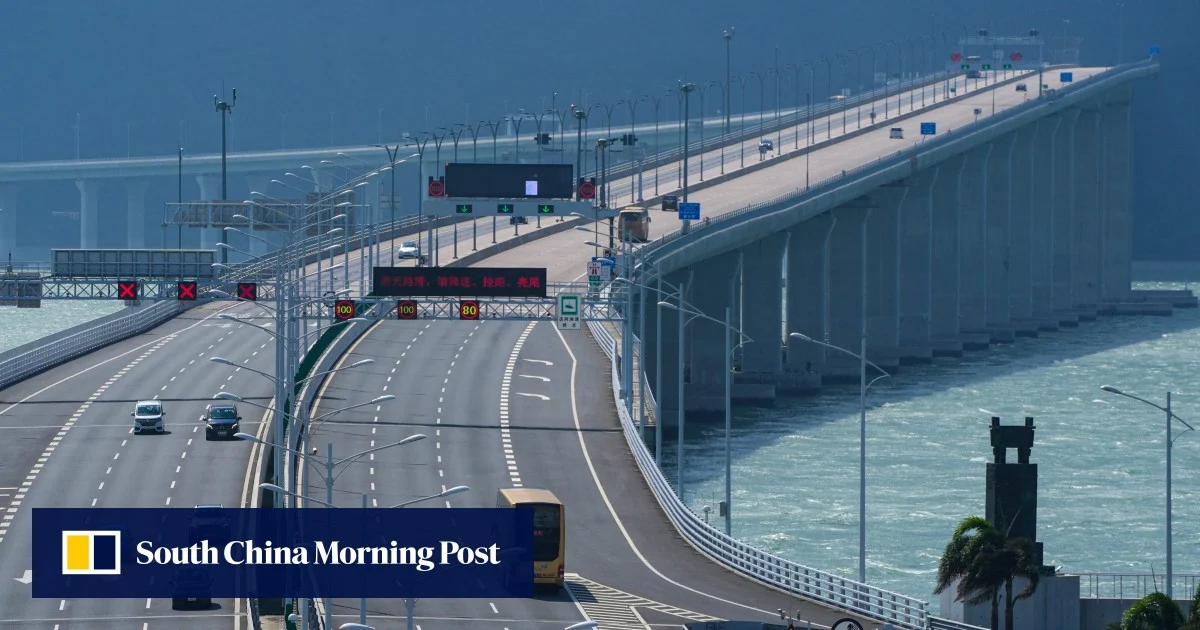Published on
October 9, 2025
Cathay Pacific’s management is currently engaged in conversations with primary investors about a large-scale fleet expansion that is to be carried out over the next 10 years. The order consists of narrowbody and regional widebody aircraft, in addition to freighters, and is designed to facilitate the airline’s continued expansion, as well as the growth of its tourism services. This was confirmed by the airline’s CEO, Ronald Lam at the Routes World 2025 forum on September 25, 2025. This expansion will serve as a strategic differentiator for the airline. This is a significant strategic pivot for the airline and will serve to boost capacity for long-haul international and intra-regional services, reinforcing Hong Kong’s position as a key international tourism gateway.
The airline has already invested over HKD 100 billion (around USD 12.85 billion) into fleet expansion, with a particular emphasis on aircraft that are expected to underpin the airline’s growing position in regional and international tourism markets. The order will be substantial and will further enhance Hong Kong’s tourism development and the growth of Hong Kong International Airport. Richard’s Strategy to Develop Hong Kong as a Center for International Tourism
From 2026 to 2035, the long-term fleet plan of Cathay Pacific is to zoom the scope of its short and medium haul and long haul activities. Singapore Airlines recognizes Cathay Pacific as a competitor for its anchor’s belt role to cruising center of the world and, as one of the leader carriers in the area, she is crucial in linking Hong Kong with the principal tourist places around the world. The airline’s large order for aircraft will enable the airline to supplement its fleet in line with the airline’s traffic projections for Hong Kong as well as the surrounding region. A result of which, will further reinforce Hong Kong’s position as a world class tourist center.
Hong Kong incoming tourists will enjoy more flights and better seat availability as a result of fleet expansion. Whether a tourist is coming to Hong Kong for business, to enjoy the sights and sounds of the city, or to uncover the hidden cultural wonders, the enlarged fleet will make travelling to Hong Kong quick and easy. There are several iconic landmarks in Hong Kong, such as the Disneyland theme park, the breathtaking Victoria harbour, and the commercial and cultural hubs of Causeway Bay and Mong Kok, that will receive unrestrained tourist traffic.
Also, the enhancement of the airline’s long-haul capacity will further develop Hong Kong tourism. There will be new opportunities for tourists from far-off destinations, including Europe, North America, and Australia which will, in turn, increase the inbound tourism to Hong Kong. More wide-bodied jets will be added to the fleet which will also help in increasing the volume of international visitors to the city.
Improving Options for Regional Travel to the Destination
Though the expansion of the fleet will be concentrated on long-range routes, the emerging demand for intra-Asian travel will increasingly be addressed. There will be strategic development of undersized short and medium haul routes which will greatly improve the travel flow between major tourism destinations in Asia. This will include increased air traffic to the region from underserved markets in Southeast Asia, Japan, South Korea, and the mainland of China, which are all major sources of visitors to Hong Kong.
The addition of narrowbody aircrafts will enable Cathay Pacific to strengthen its regional presence and offer greater flexibility in providing frequent services to close-in destinations. This is a boon to tourists who visit Hong Kong and want to visit other parts of Asia. Regional links are an integral part of the tourism draw to Hong Kong, allowing tourists to move easily between cities and regions for an enhanced travel experience.
Improved frequency on other key trunk routes will also benefit tourists from other parts of Asia, making travel to Hong Kong more convenient and accessible. This is likely to increase tourism to Hong Kong and the adjacent areas.
Enhancing cargo operations to support tourism infrastructure
Aside from expanding the capacity to carry passengers, Cathay Pacific is targeting improvement in its operations from the recent orders of the aircraft. Hong Kong, being a major logistics hub, has historically been a key gateway for global trade and commerce. The purchasing of new freighters will not only bolster the freight capacity of the airline, but also support the infrastructure for tourism by easing the movement of certain goods in demand by tourists.
With the expanded fleet, Cathay Pacific would be able to acquire additional timely delivery capabilities for the souvenirs, local products, and promotional material associated with tourism in Hong Kong. Improved supply chain effectiveness would permit the company to satisfy the local business tourism operators and other Hong Kong businesses with the needed products to help facilitate the arriving tourists. This would enhance the tourism connected value chain and help Hong Kong retain its position as one of the leading tourism destinations in the world.
Effect on Hong Kong International Airport and Overall Travel Linkages.
The expansion of the Cathay Pacific fleet is also expected to considerably advance the development of Hong Kong International Airport (HKIA) together with the other facilities of the world’s busiest international crossroad. Cathay Pacific’s contribution to increasing the volume of passenger and freight traffic to be absorbed at the airport, together with its role as a global hub, must also be considered.
The new aircraft’s improved capacity coupled with the increased number of flights, will allow tourists seamless connections through Hong Kong to other parts of Asia and further afield. More international carriers will be attracted to Hong Kong International Airport (HKIA) due to the airline’s increased activities there. This will enhance Hong Kong’s position in the global aviation network and improve the city’s tourism, thus offering a more vigorous and competition-driven tourism economy.
This is in preparation for the future of tourism in Hong Kong.
Fulfilling the demand for travel services, Cathay Pacific’s planned fleet expansion is strategically placed to meet Hong Kong’s growing travel sector. For the travel and tourism hub’s sake, the planned modifications to the fleet will uplift the city’s capacity, enhance passenger experience and as a result, consolidate the city’s position as a global tourism and travel hub. To keep attracting world travellers, Cathay Pacific’s fleet expansion will be strategically placed to help keep the city accessible.
Going forward, the incorporation of advanced aircraft would most certainly assist in Cathay Pacific’s recovery, along with the recovery of the Hong Kong tourism industry. With an increase in global travel, the airline’s increased capacity will offer increased travel alternatives to and from the city, supporting the infrastructure in place and adding to the success of the Hong Kong tourism industry.
Tags: cathay pacific, Cathay Pacific aircraft order, Cathay Pacific fleet expansion, Hong Kong, Hong Kong International Airport, hong kong tourism, Hong Kong tourism growth, international tourism Hong Kong., long-haul flights Hong Kong, long-haul travel Hong Kong, regional air travel Hong Kong, regional travel Asia, tourism capacity Hong Kong



